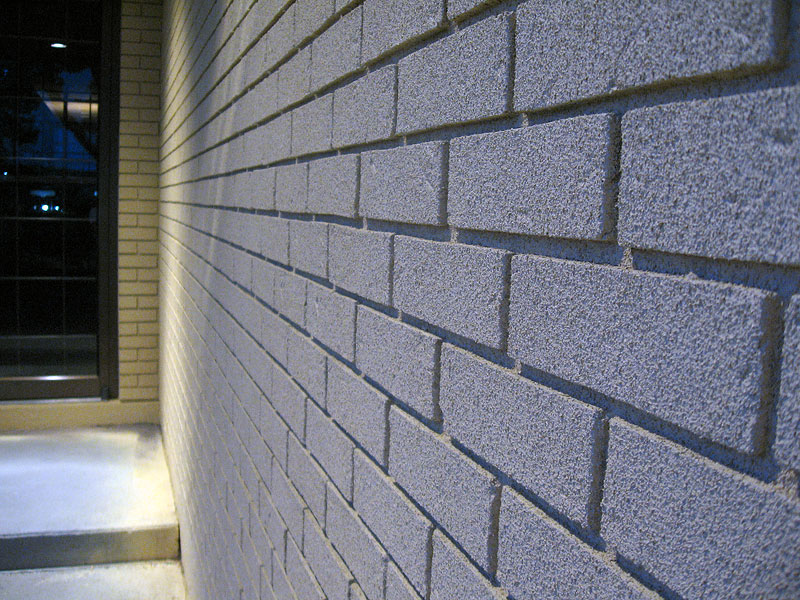Cork flooring offers countless benefits, making it an excellent choice for homes, offices, exercise studios … almost any indoor space. It is a stylish, comfortable, and naturally sustainable flooring solution that offers a variety of design possibilities.
Learn how cork can be used to create interesting design elements in a space, like a curved edge. The final result was a stunning floor that complements the space with its durability, sustainability, and aesthetic appeal. This project not only reinforced my appreciation for cork as a material but also highlighted how easy and enjoyable it is to work with.
In our 2nd installment on using cork for science, we investigate how to use cork to build a stable boat. In this case, we are referring to a small, toy boat - not one someone would actually sit in. Try building your boat in various configurations and decide which build you think makes it the most stable. Do you have other ideas? If so, build them and see if they are as stable as you had expected.
Cork is one of the most buoyant natural materials on earth, but just how buoyant is it? In this experiment, our goal is to determine how much weight a wine cork can hold while still floating. Our secondary question is whether natural and agglomerated wine corks have different results.
The cork harvest, a fascinating process, has deep roots in tradition and family. It involves the careful removal of bark from the cork oak tree which, when done with the necessary care and precision, does not harm the tree. In fact, the bark grows back time and time again throughout the tree’s lifespan. This careful process wouldn’t be possible without the highly skilled individuals in the cork harvesting industry. The precision and experience of the cork cutters make this process so successful.
Cork bark harvesting occurs in the summer months (May-August), taking advantage of the high heat and dry weather of Mediterranean summers. The timing of the harvest is crucial as it allows the bark to regrow as the outer layers are harvested during the tree's growth period.
Cork is one of the earth's most adaptable natural materials and has made countless contributions to human history, from traditional applications to new and innovative solutions to modern-day concerns. Unlike many other versatile materials, cork is a natural product that does not involve petroleum in its manufacturing, making it an appealing material for future development.
When exploring a zoo or museum, you are likely to see cork bark in various exhibits. Its natural texture and remarkable qualities make it a creative and sustainable choice for designing displays that mimic the natural environment.
What do you think of when you think of cork? Probably opening a bottle of wine or popping the cork off a bottle of champagne. Maybe you think of the bulletin board hanging in your office. Some of you will even think of cork flooring. These are all great uses for cork, of course, but have you ever thought of how cork is used in film and theater?
Cork saw its most significant increase in use in the late 19th and early 20th centuries. At the time, almost every home contained some form of cork. Cork residential uses ranged from seals and gaskets to soda bottles, corkboards, and more! Outside of the home, cork had an even more outsized role in shaping the modern world through its industrial and military uses.
Since the dawn of space exploration, cork has been a trailblazing material, celebrated for its exceptional thermal insulation. Its versatile use across a wide spectrum of applications has been a pivotal force in our advancements in spaceflight, exploration, and satellite technology. The innate properties of cork have been the driving force behind many of our groundbreaking achievements in these fields.
Thinking of the life jackets and personal flotation devices we know today, we wouldn’t typically think of cork. But did you know, back in the 1800s and early 1900s cork was actually the main component used in life jackets?
As we transition from spring to summer, it's interesting to reflect on the role of cork in the advancement of food preservation and storage. The earliest food preservation methods involved cave and pit storage, leveraging cooler underground temperatures to extend the lifespan of fruits, vegetables, and meats. Over time, ice was incorporated into these storage systems, further lowering the temperature. One notable example is the ice pit at the Jamestown settlement. However, it wasn't until the 19th century that technological progress led to an invention that laid the foundation for a common household appliance we rely on today.
The cork oak tree (Quercus suber) is a fascinating species that thrives in the Mediterranean coast of southwestern Europe and Western Africa. It's not just its ability to flourish in regions with ample sunshine but limited rainfall that's intriguing. The cork oak tree has a unique bark structure, allowing the outer two layers of bark to be harvested while the inner layer regrows, a process that protects the tree and makes it a sustainable resource.
One of nature’s marvels, the cork oak tree, flourishes in the Mediterranean region, home to most of the world’s cork trees. These remarkable trees provide significant benefits to their native land. But can cork oaks thrive beyond the Mediterranean, and what impact do they have on their non-native landscape?
Unlike many North American and northern European forests, cork forests are characterized by widely spaced trees, which often leave plains-like grassy areas between them. This makes these forests ideal for other agricultural uses while also allowing for the growth of other indigenous vegetation. These additional agricultural uses can be seen when you take a winding road trip through southern Portugal's Montados.
Are you looking to winter-proof your home this fall? Cork flooring might be an excellent option, especially if you want to insulate a ground floor or an area above an unheated garage. However, before you commit to buying and installing cork flooring, there are some things you should consider. Here is our list of the benefits of cork flooring and a few things you should know before you buy.
We know the cork oak tree is amazing for many reasons, the most popular probably being its ability to grow back its bark after each harvest. What may not be known is the crucial role the cork oaks play in both CO<sub>2</sub> sequestration and oxygen production. Cork trees, like all trees, absorb carbon dioxide through photosynthesis, storing carbon in their roots and branches while releasing oxygen back into the environment. So, what makes this tree different from other trees?
Globally, wildfires are becoming more frequent and destructive due to climate change, reduced old-growth forests, and new construction developments encroaching on forests. The climate has become hotter and dryer in the Mediterranean over the last half-century, making the land more susceptible to large and difficult-to-control fires. Increased fire danger is exacerbated by the increased quantity of fast-growing so-called "cash crops" like eucalyptus, which burn much more easily than native plants such as the cork oak tree.
Ever wonder why you are performing a mindful, longevity practice on something made of plastic? We had the same question!
As it turns out, cork is one of the best sustainable materials to make a yoga mat! I have listed our 5 top reasons you should be using a cork yoga mat below.
The cork oak tree (Quercus suber) thrives along the Mediterranean coast of southwestern Europe and Western Africa, where there is a lot of sunshine but rainfall is scarce. While cork trees do grow in other areas with similar climates, the areas along the Mediterranean are some of the world’s top cork-producing regions.
We all aspire to achieve sustainability in building, but it can be an overwhelming and daunting task at times. The definitions of sustainability and best practices can appear at first glance to be actively in conflict as we try to make our homes, offices, and other buildings healthier for humans and the planet. Learn more about sustainable building materials and practices here!
As we become more aware of the materials we use in building and construction and their impacts on the environment and our health, we are also becoming more innovative, coming up with new ways to use some of our oldest yet most environmentally friendly resources. Cork is a prime example of this. The use of cork in building and construction spans centuries. With a deeper knowledge of this remarkable natural material, we’re now uncovering new applications to take full advantage of the innate properties of cork.
One of the most helpful things, when you have multiple projects in progress, is a way to contain your supplies in one space, so everything is always where you need it! It's handy for traveling or taking your projects to work on the go. I love using cork inside my project bags as it is more durable than cot
In the ever-growing sustainable building material market, there are dozens of choices for your project, but how do you know which material is the best for your unique space? The intended use and traffic of a room, concerns such as direct sunlight and temperature control, and cost are all factors that may help you pick the best material for your project.
At times, the definition of sustainability and the best use practices can be in conflict. We all want to fill our homes with more sustainable and healthy materials, but how can we do that in the most sustainable way possible?
Cork is one of the world's under-appreciated renewable resources. Each cork tree planted plays a vital role in reducing CO2 in our air and releasing pure O2 for us to breathe. While it performs this crucial process, the tree is hiding its biggest secret in plain sight.
As environmental concerns and global demand for energy continue to surge, both individuals and businesses are trying to find ways to minimize their ecological footprints. Architects, builders and homeowners are increasingly turning to innovative and sustainable materials for renovations and new construction projects. This is where insulation cork comes into play.




























